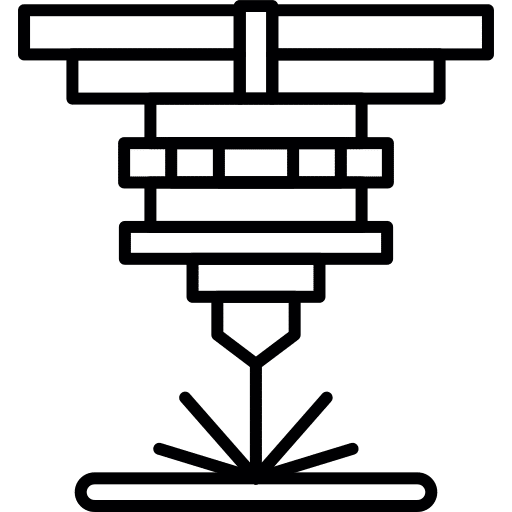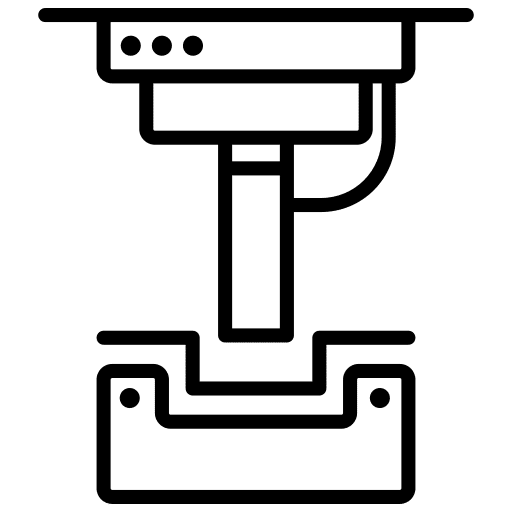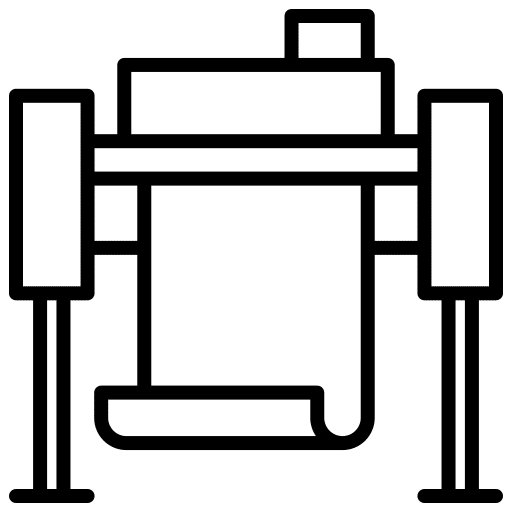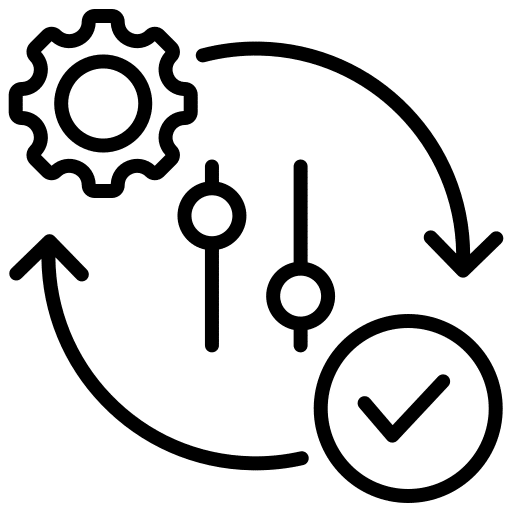Laser Cutting Viton Rubber Service
Trusted by
1,000’s
of Satisfied Customers
30+
Years in Business
Viton material has been engineered to withstand some of the harshest environments known to industry. Known for its exceptional resistance to heat, chemicals, fuels, and aggressive solvents, Viton has become a go-to material for critical applications where failure is not an option. When processed by laser cutting technology Viton can be seen used on a wide array of industry applications. Let’s review some questions frequently asked about Viton material:
Controlling Tolerance
What are the tightest tolerances your laser cutting process can maintain when cutting Viton?
For cutting Viton, the use of a UV or ultraviolet laser is recommended. This technology can produce tolerances of +/- 1 mil to 2 mils. Geometry and material thickness do affect the tolerance accuracy.


VS



Technology Vs Technology
How does laser cutting technology compare to die-cutting, waterjet, or CNC machining of Viton?
Laser cutting Viton will give the highest degree of accuracy compared to methods such as die-cutting. Die-cutting with high pressure on materials may achieve tolerance of +/- 5 mils, but rounded edges may occur. Die-cutting however is less costly than laser cutting over high production runs. Compared to water-jet cutting, lasers excel at high-precision, intricate Viton parts, while waterjet is better suited for thicker cuts and applications prioritizing zero thermal input. CNC machining can cut Viton rubber, but it’s generally less effective than laser cutting when it comes to holding tight tolerances and achieving high edge quality. Viton’s elastomeric nature makes it prone to deformation under mechanical cutting forces, which can cause dimensional inaccuracies, ragged edges, and tool drag marks
Edge Quality Factor
What edge quality can be expected when laser cutting Viton and are burrs or heat-affected zones (HAZ) present?
Edge quality from laser cutting Viton will result in cleaner edges with straighter walls compared to die cutting. Care must be applied to the laser parameters to control the amount of energy and potential HAZ (Heat Affected Zones).


Material Characteristics
How do material characteristics like reflectivity, softness, or thermal conductivity affect edge quality and tolerance control in Viton?
Viton is a rubber material that can be affected by excessive heat or physical tooling. Although laser technology is a non-contact method, creating the laser tool appropriately to adjust the power, speed, and number of laser passes, are some the adjustments made to ensure quality cuts of Viton.
The Benefits of Laser Cut Viton
What Are the Benefits to Laser Cutting Viton?
Laser cutting Viton rubber offers significant benefits for precision manufacturing, particularly where chemical resistance and dimensional accuracy are critical. Unlike die-cutting, laser cutting enables tight tolerances and intricate geometries that are key for applications in aerospace, medical devices, and electronics. Additionally, UV and femtosecond lasers reduce thermal damage and edge discoloration, preserving Viton’s unique chemical and thermal resistance properties.

Conclusion
Viton is a high-performance fluoroelastomer known for its use in aerospace fuel systems to chemical processing seals, to sealing and keeping integrity of pumps and valves. Its durability makes it indispensable for manufacturers and engineers seeking custom parts with tight tolerances and control of edge quality. Laser cutting Viton offers a precise, efficient solution that eliminates the need for tooling and delivers clean, consistent results even on complex geometries. Whether you’re developing high-tech equipment or sealing components for extreme conditions, Viton cut by laser technology is where performance meets precision.
